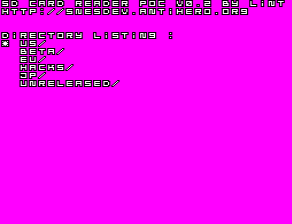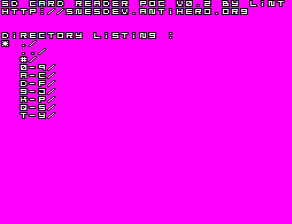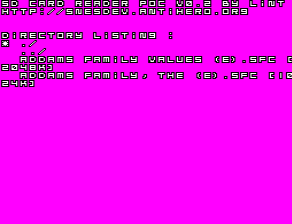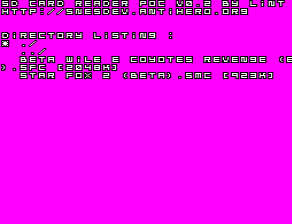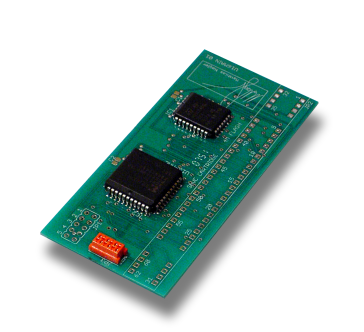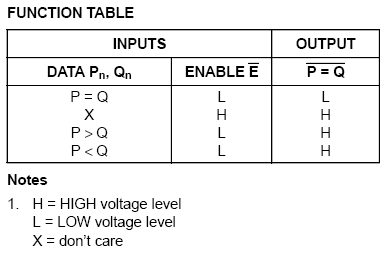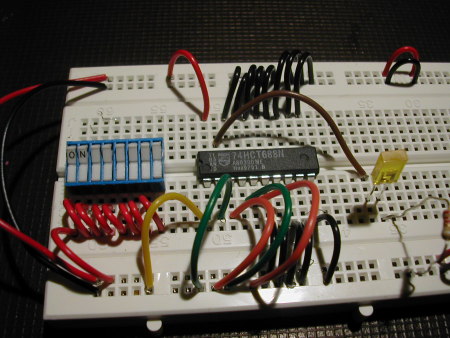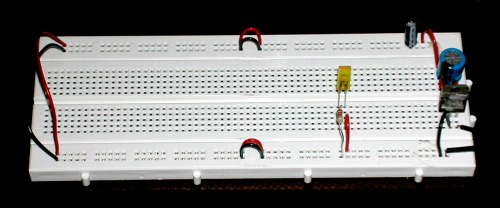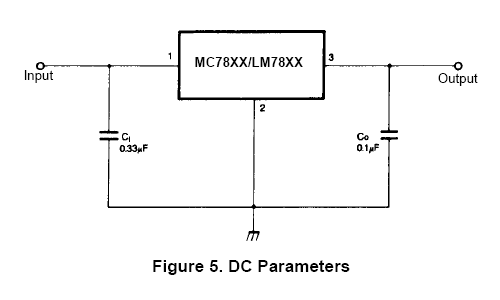This weekend I haven’t worked much on my projects. But I have looking around for retro gaming website, and mostly the one talking about new custom hardware. Custom hardware on SNES is mostly reserved to backup units or cart modding. Real homebrew hardware is quite impossible to find, believing it don’t exists. The only piece of hardware that have read about recently is the ULTRA16 mod by D4S.
No SNES but a load of Commodore 64 stuff and a bunch of other stuff for old computers. Many, many, many stuff going from custom cables to harddrives, card reader and so on. I know that the Commodore 64 is the computer that selled the best ever. Almost everybody who is 35 years old got one when they were younger. But so many custom hardware seems crazy to me. Someone had even created a SID port of Guitar Hero that play with PS2 guitar on the commodore 64. How crazy !!! Don’t expect to see that coming soon on the SNES.
I talked a few months ago with a friend that is part of the Megadrive scene. He told me that there is maybe 20 good regular coder left on Megadrive. 20 might seems a lot .. but in a worldwide view it’s like nothing. One of the irc channel that i idle on is #snesdev on efnet networks, about 7 users …. and a few words typed in everyweek. Sometimes not a single word is said in weeks. I dunno how many regular coders there is for the SNES maybe 20 also… not more…
The website talking about SNES development seems to start dying since year 2000. More and more broken links, server shutdown. Only a few continue the archiving of the docs, many thanks for them. The only community that seems really alive are the ROM translators. And they do very good work…
One other thing is that I think that more people use emulator when it comes to console than computer. That’s maybe also why no custom hardware is develloped.
Anyway, if you are SNES active developper, spread the information, show what you are doing, blog every day (even if you are a beginner). Myself I will try to get people to be interested more deeply into SNES software and hardware. I believe there is a sleeping scene… We need just need to make it true once more …
I will start referencing more SNES related website soon so new comers landing on this will ahve stuff to see and for already SNES coder there is may be a few site missing. Don’t hesitate to send me more links, it’s more likely that I’m going to miss some of them.
Now I’m maybe totally wrong about all this. If it’s the case don’t hesitate to get back to me trough the comments on this posts.
++ Lint
